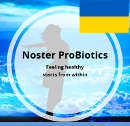A “live culture” refers to a type of microorganism that is alive and actively thriving. In the context of probiotics, these microorganisms are beneficial bacteria or yeast that provide health benefits when consumed in adequate amounts. Common examples of live cultures in probiotics include various strains of Lactobacillus and Bifidobacterium bacteria, as well as certain types of yeast like Saccharomyces boulardii.
For these microorganisms to be effective, they must be viable (alive) and present in sufficient numbers. The live cultures are typically found in certain fermented foods like yogurt, kefir, kimchi, sauerkraut, and in probiotic supplements, such as Noster ProBiotics.
When ingested, these live cultures can help maintain a healthy balance of gut microbiota, which plays a vital role in digestion, nutrient absorption, immune function, and other aspects of overall health. Probiotics have been studied for their potential to alleviate digestive issues, boost the immune system, and even support mental health.
It’s important to note that the viability of these live cultures can be affected by various factors, such as temperature, processing methods, and expiration dates. As a result, it’s essential to handle and store probiotic products correctly to ensure their effectiveness. Always follow the manufacturer’s guidelines and storage recommendations when using probiotics.
In the case of Noster ProBiotics they must be stored in the fridge.
Make sure the bottle is tightly closed and sealed. Moisture in the bottle will damage the capsule and the probiotics.
Showing all 6 results
-
Sale!
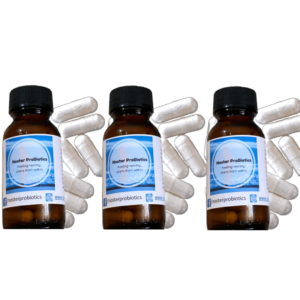 Add to basket
Add to basketNoster ProBiotic Paediatric (30 capsules) 3 Months
Original price was: R240.00.R230.00Current price is: R230.00. on the 2nd of each month for 3 months and a R230.00 sign-up fee -
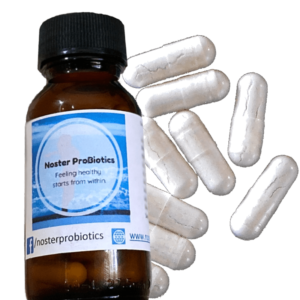 Add to basket
Add to basketNoster ProBiotics Paediatric (30 capsules)
R240.00 -
Sale!
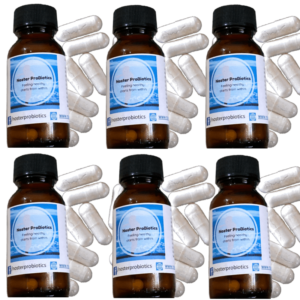 Add to basket
Add to basketNoster ProBiotics Paediatric (30 capsules) 6 Months
Original price was: R240.00.R230.00Current price is: R230.00. on the 2nd of each month for 6 months and a R230.00 sign-up fee -
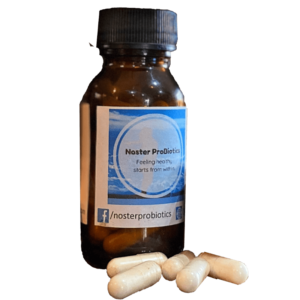 Add to basket
Add to basketNoster ProBiotics (30 capsules)
R240.00 -
Sale!
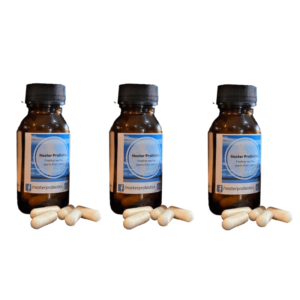 Add to basket
Add to basketNoster ProBiotics (30 capsules) 3 Months
Original price was: R240.00.R230.00Current price is: R230.00. on the 2nd of each month for 3 months -
Sale!
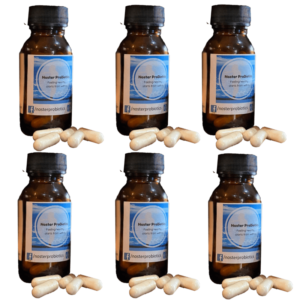 Add to basket
Add to basketNoster ProBiotics (30 capsules) 6 Months
Original price was: R240.00.R230.00Current price is: R230.00. on the 2nd of each month for 6 months and a R230.00 sign-up fee

